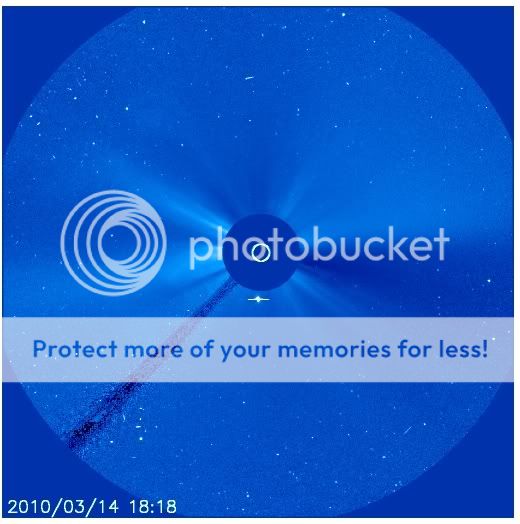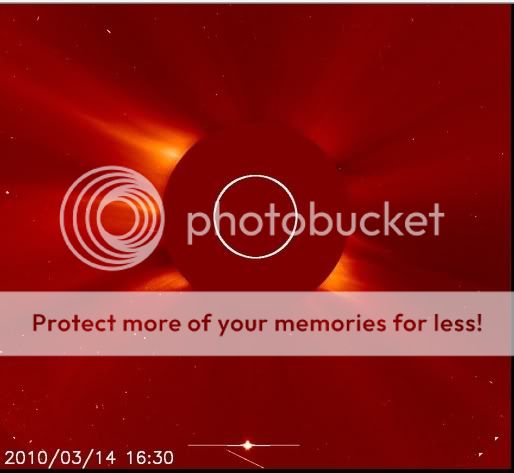L
LKD
Guest
I was watching the SOHO video of the suicidal comet, and I can not see to get a handle on what the orbit of Mercury is in 3 dimensions. http://sohodata.nascom.nasa.gov/cgi-bin ... ie_theater LASCO C3 3-11-10 through 3-13-10.
Looking at the video they offer, it seems like the planet is orbiting off the general plane of the solar system and we have a much faster orbit than the little planet does.
Is there someone who can explain it to me a little bit better, or more comprehensively?
Thank you of course.
Looking at the video they offer, it seems like the planet is orbiting off the general plane of the solar system and we have a much faster orbit than the little planet does.
Is there someone who can explain it to me a little bit better, or more comprehensively?
Thank you of course.




